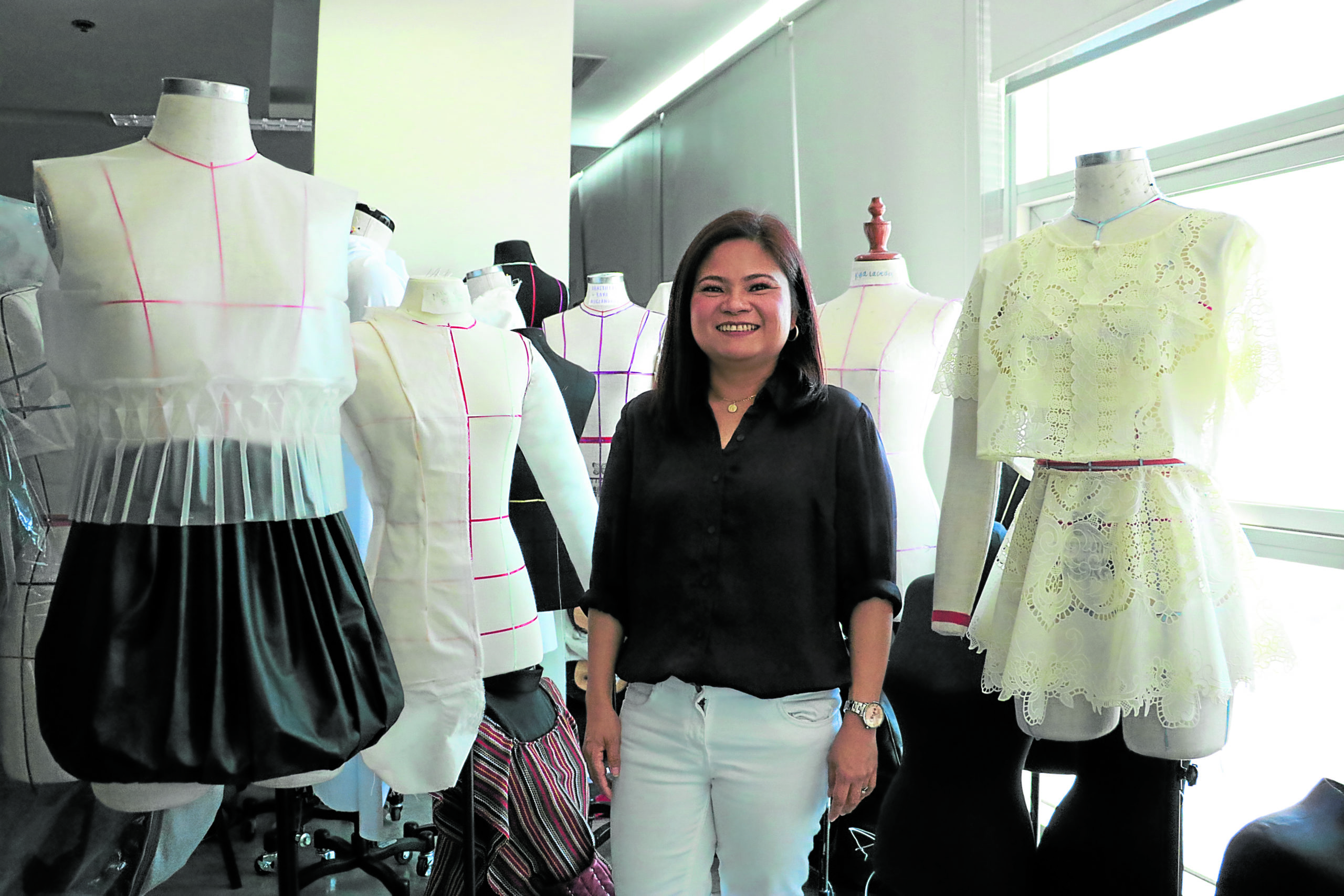
As we slowly go back to work and adapt to the new normal, it is best to protect ourselves from the invisible enemy. Here is a brief checklist before leaving the safety of our homes.
1. Face masks. Personal protective equipment (PPE) has become essential to our daily lives and going out with a mask is particularly mandatory. One can choose from a wide variety of options, from disposable to reusable and washable masks, stylish pieces in different forms and shapes. Most are made of synthetic materials to avoid absorption of droplets, since the new coronavirus is said to be air-borne. Synthetic masks may pose a concern for those with respiratory issues, who may opt to use natural materials as long as they add a replaceable extra layer of protection. Eyeglass-wearers may choose the best shape that would help avoid fogging of the lenses.
2. Face shields. Though not considered by many as a staple, it is said to act like a second line of defense to the face mask, especially since people have a tendency to touch or wipe their eyes.
3. Headbands. Irritation at the back of the ears may occur for those wearing masks for a longer period and headbands may ease this by allowing you to attach the loops to the band instead. As a precaution, it is best for women to tie their hair up.
4. Attire. Long-sleeved tops and pants are the best option, but a very important factor is proper ventilation: full coverage of the body may constrict breathing and cause skin irritation. It is best to wear garments with closures such as zippers for faster openings and garterized waists, especially when using public toilets. Consider clothes with big pockets where necessities such as alcohol spray could be kept. Those who commute to their offices may wear short sleeves and pants granted that they observe social distancing; they can put on their repellent long-sleeved jackets upon reaching the workplace.
Disinfect and observe hygiene
5. Shoes and bags. Women can still use their favorite pieces but they should disinfect them and observe hygiene. It will be best for one to evaluate first the errands for the day to determine which accessories will work and will need minimal care. It is best to wear easy-to-clean shoes. Nylon and cotton canvas bags will also be good choices; they can easily be washed. As much as smaller bags are convenient, people now tend to bring bigger ones, as they have to bring along more necessities such as disinfectants, face shields, wet wipes and even UV sanitizers. To minimize baggage, one should practice cashless transactions, such as using QR codes as mode of payment.
6. Jewelry and accessories. It is best not to wear jewelry or at least use a minimum of accessories. The ease of disinfecting has to be considered. Fashion accessories are not meant to withstand chemicals such as alcohol. It is best not to use jewelry; they may be reserved instead for online meetings. However, watches may still be considered essential; they likewise help us avoid touching and checking our phones.
Gloves, a PPE necessity for medical front-liners, may be worn, but one should remember to dispose of them. For office workers and those who run errands, it is best to disregard them and instead, religiously observe safety protocols for the hands. Some alternatives to PPE are raincoats and windbreakers. However, the wearer should be in a properly ventilated workplace. —CONTRIBUTED INQThe author is chair of the Fashion and Merchandising program of De La Salle College of St. Benilde. She has worked in fashion marketing and packaging for 20 years, and in the academe for 16 years. She earned her degrees in BS Clothing Technology and Master in Technology Management at the University of the Philippines-Diliman. She pursued further studies as a scholar of the Master of New Tech-Style Design Program of the Politecnico di Milano in Italy.